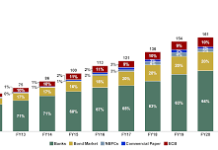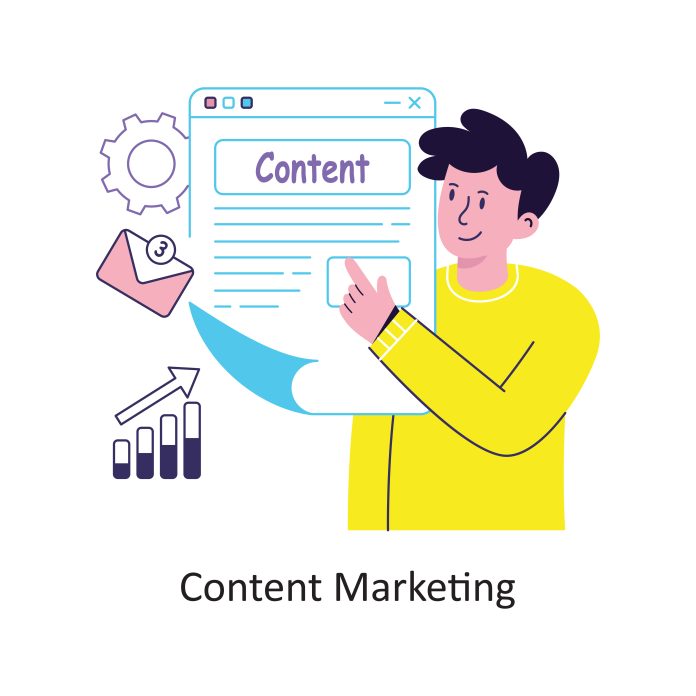The MedTech sector is evolving quickly. Buyers are more informed, decision-making cycles are longer, and competition is intense. In this environment, traditional content alone often fails to capture attention. Interactive content is emerging as a powerful tool for B2B marketers in MedTech to educate, engage, and build trust with their audience.
Why Interactive Content Matters in MedTech
Static whitepapers and reports still play a role, but they can overwhelm decision-makers who are short on time. Interactive formats such as calculators, quizzes, and data visualizations break complex information into digestible, engaging experiences.
According to a Demand Gen Report survey, 45% of B2B buyers say interactive content is among the most valuable types of content they consume because it personalizes learning and drives faster decision-making.
For MedTech, where products are highly technical and compliance-driven, interactive formats can simplify clinical benefits, showcase ROI, and highlight patient outcomes in ways that resonate with buyers.
Examples of Interactive Content for MedTech Marketing
Interactive content takes many forms. Here are some formats that can be particularly effective for MedTech companies:
- ROI calculators – Show hospitals or clinics the potential cost savings of adopting your device.
- Interactive case studies – Walk users through patient success stories or clinical outcomes with clickable data points.
- Quizzes and assessments – Help buyers identify gaps in patient care and align them with the right MedTech solutions.
- Infographics with clickable elements – Break down regulatory guidelines or product features in a more accessible way.
- Virtual product demos – Offer a hands-on view of devices without requiring in-person meetings.
Benefits of Interactive Content in MedTech B2B Marketing
Adopting it in MedTech campaigns provides measurable advantages:
- Higher engagement – Buyers spend more time interacting with dynamic formats than static PDFs.
- Stronger lead generation – Interactive tools can capture valuable buyer data, such as pain points or readiness to purchase.
- Improved education – Complex medical technology is easier to explain when content is personalized and visual.
- Trust and credibility – It signals innovation and transparency, which are vital in healthcare.
- Better sales enablement – Sales teams can use it to demonstrate product value in real time.
Best Practices for MedTech Interactive Content
For maximum impact, MedTech marketers should follow a few best practices:
- Align with buyer journey – Use quizzes at the awareness stage, calculators in consideration, and demos during decision-making.
- Prioritize compliance – Ensure content meets regulatory standards while still being user-friendly.
- Integrate with CRM – Capture insights from interactive tools and feed them into sales workflows.
- Keep it simple – Healthcare buyers value clarity. Avoid overloading content with too many interactive elements.
Conclusion:
As MedTech continues to embrace digital transformation, interactive content will become central to B2B engagement strategies. Buyers expect more than static brochures—they want personalized, data-driven experiences that help them evaluate solutions confidently. By investing in interactive content, MedTech marketers can differentiate their brands, shorten sales cycles, and build stronger customer relationships.








